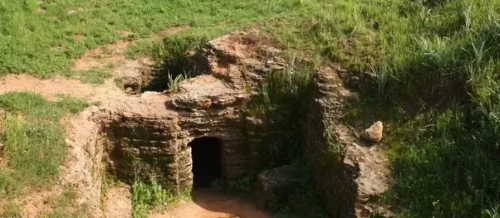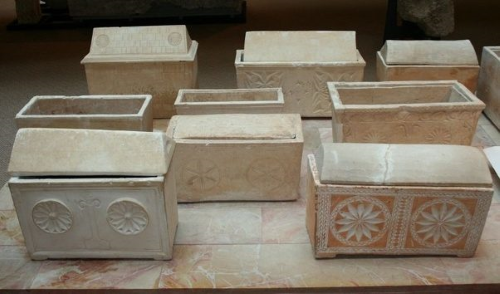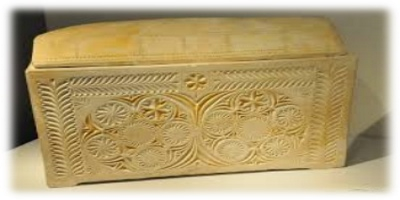A major mistake that people make when interpreting the Bible is that they have no context. While pastors and teachers are often heard saying that you need to interpret the Bible based on context, what they are usually referring to is reading the passage in context with the passages before and after the passage in question. While this is important, it is only a small part of the meaning of "context." In order to properly interpret any passage in the Bible you have to understand its meaning based on the context of the authors culture and perspectives.
When we try and interpret the Bible from the Bible alone, which is what most people do, we are missing the context. Matthew 8:21-22 is an excellent example of this. These verses state, And another of his disciples said unto him, Lord, suffer me first to go and bury my father. But Jesus said unto him, Follow me; and let the dead bury their dead. If we attempt to interpret this from the Bible alone, we can come up with a wide variety of interpretations.
In the Ten Commandments the Israelites were commanded to honor their father and mother. If Jesus was in fact telling this individual to ignore the burial of his father, he would be causing a violation of this commandment. For this reason, many will come up with a different interpretation, such as "this isn't talking about the physical death, but a spiritual death," or "this is an idiom for taking care of his elderly father," or some other interpretation based on nothing more than speculation.
The question one must ask is, "What were the burial practices in first century Israel?" Because the Bible does not give us this information, we need to seek other sources to learn about this practice. When a person died, they were taken, usually on the same day of the death, to the family tomb, which was often a cave carved out of the limestone rock.

The body was placed on a shelf carved in the rock. A year later the family would return and gather all the bones and place them with the bones of other family members on another shelf or the floor (this may be the origin of the frequent Biblical statement of being "gathered with his ancestors"). This is called the "second burial."
In Israel in the first Century AD this burial practice, influenced by Roman and Greek practices, became much more costly and elaborate. Part of this extravagance was to take the bones, and instead of placing them on a shelf or floor, they would take the bones of the dead and place them in an ossuary (bone box) with the name of the dead written on the box.

As Jesus would never have told someone not to bury their father (a violation of the commandment to honor your father and mother), the only conclusion is that the man was referring to this "second burial" and why Jesus told him to "let the dead bury their dead."

Like what you’re discovering? Continue the journey from Bible reader to translator.
|






